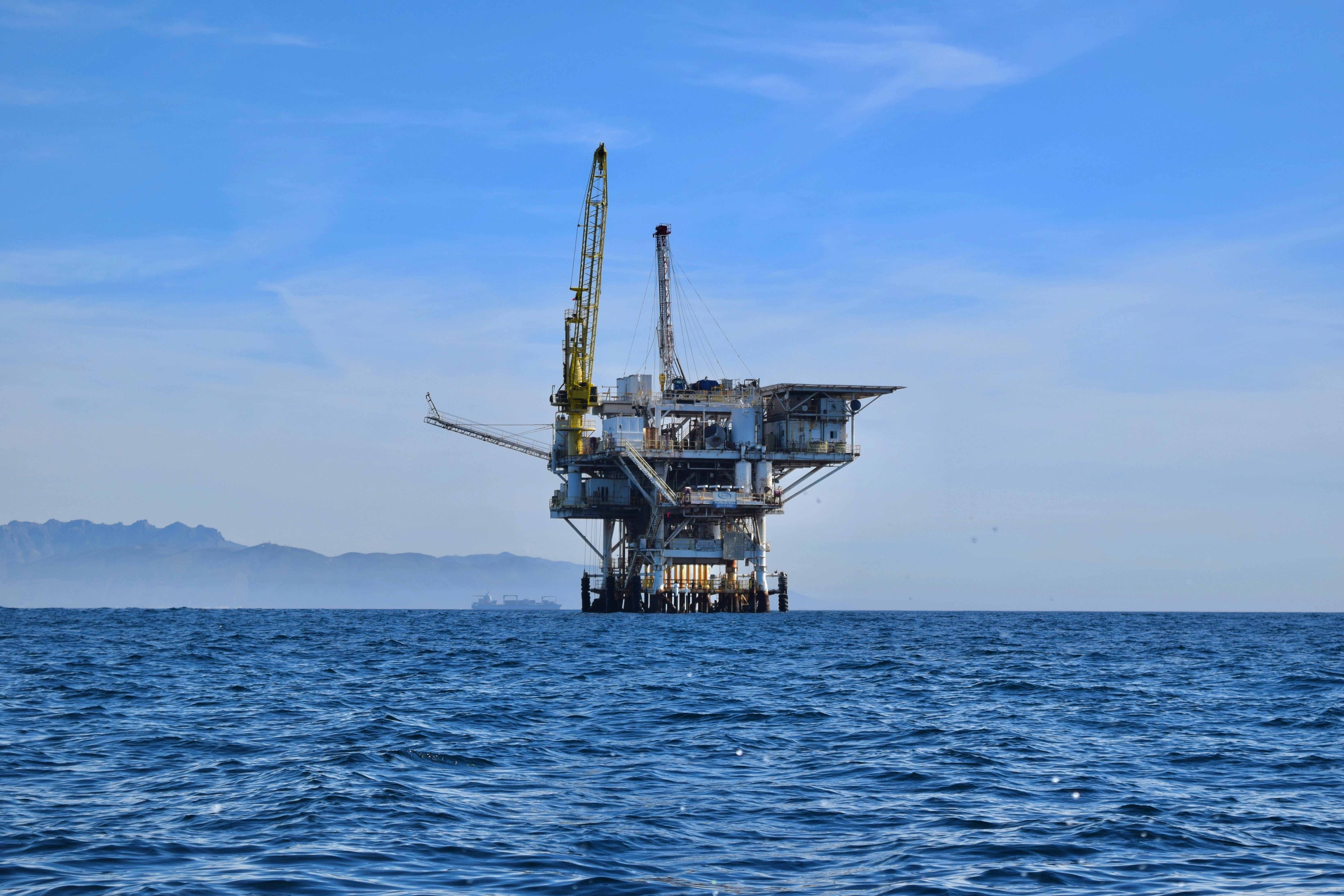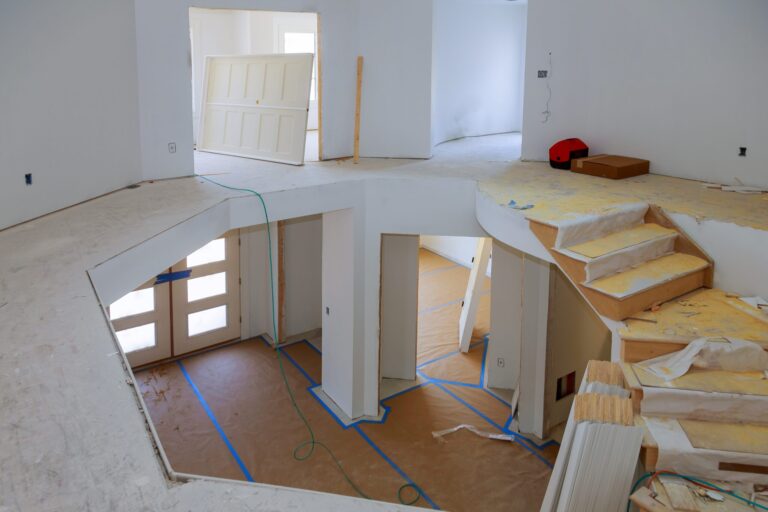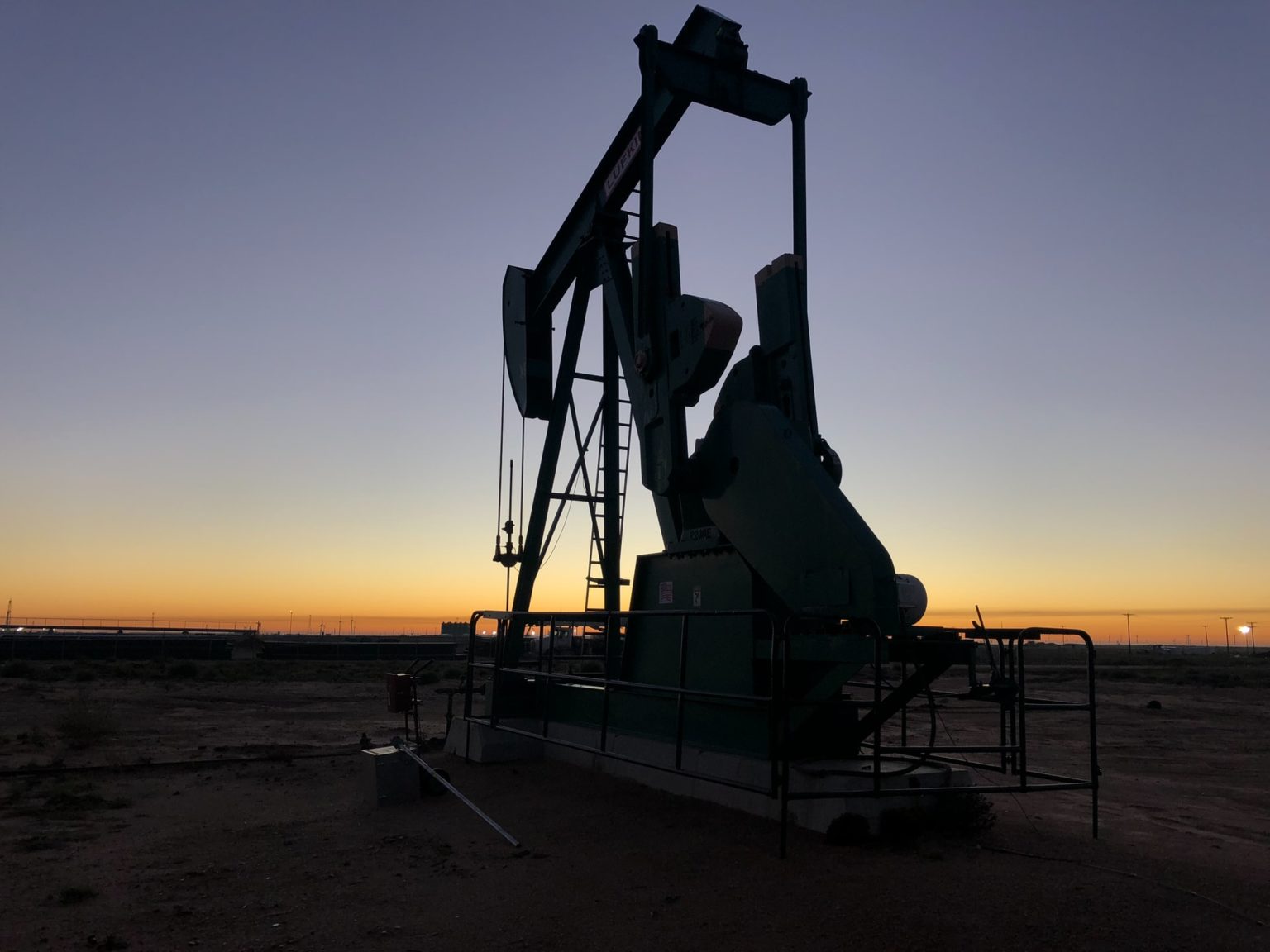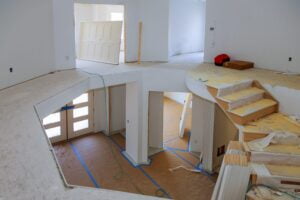Offshore mining is a retrieval process for minerals that takes place on the ocean floor. Such marine mining sites can be found around large areas of polymetallic nodules or active and extinct hydrothermal vents. These sites are located at 1,400 to 3,700 meters below the ocean’s surface.
This form of mining is utilized by the mining industry in many countries across the world, ranging from the United States to Australia. Off the coast of many ocean lying cities, like New Orleans, LA, you’ll find mining facilities in the middle of the ocean. Each of these rigs pulls a variety of minerals from the ocean floor daily. Below are just a few of the critical technologies which are used for offshore mining.
1. Mine Spec Generators
Mine spec generators are heavy-duty industrial generators that are portable and provide easy access to many mining sites. These generators have been perfected for use within mining operation environments, and their portability makes them indispensable when it comes to moving them from site to site. These devices provide a safe, powerful, and reliable response to increasingly demanding energy needs.
Another perk is that mine spec generators can be used to supply power continuously as an emergency power source within a mining operation environment. Such devices come with remote fleet management capability, a 3-way fuel valve kit, battery isolators switches, and an Earth leakage relay.
2. Screw Pump

A screw pump is a positive-displacement (PD) pump that uses one or several screws to move fluids or solids along the axes of the screws. This device is also known as a water pump. The development of the screw pump has led to a variety of multiple-axis technologies where carefully crafted screws rotate in opposite directions or remain stationary within a cavity.
The screw pump can come in a variety of different types, including the L2 Series Pumps, the L3 Series Pumps, the L4 Series Pumps, the L5 Series Pumps, the FLEXCORE, and a Re-Engineered Pump, which is primarily used for bad acting pumps. Each of these pumps is different in how they are used, and also in their capabilities.
The cavity of a screw pump can be profiled. This helps to create cavities where the pumped material is “trapped”. In offshore installations, a three-spindle screw pump is often used to pump high-pressure viscous fluids. Continuing with this process, three screws are used to drive the pumped liquid forth in a closed chamber. As the screws rotate in opposite directions, the pumped liquid moves along the screws’ spindles.
3. Continuous Line Bucket System

A continuous line bucket system (CLB) is a long continuous loop of rope, attached with draft buckets. These are then hung over a surface platform in the sea so that the end of the loop touches the seafloor. When compared to other mining methods, the mechanics of the CLB are superior in their simplicity. It also excels with having a low power requirement, while its use for the mining of crust and placer deposits also appears feasible.
4. Suction Pump Mining
Suction pump mining is a form of mining where a pump is used to raise water or other fluids by pulling. This is done using suction through a vertical cylinder in which a piston works up and down. In this process, both the cylinder and the pump have valves that control the flow of the fluid.
5. Pneumatic (Hydraulic) Systems

Offshore mining also utilizes pneumatic (hydraulic) systems. This system is a collection of interconnected components using compressed air to do work for automated equipment. During the process, the compressed air or pressurized gas is usually filtered and dried to protect the cylinders, actuators, tools, and bladders performing the work.
For example, on a sub-sea diamond mining vehicle called a crawler, a pneumatic system is used to recover diamond-bearing gravel from the seabed and pump it onto the vessel. Once onboard the vessel, diamond-bearing gravel is processed and diamonds are recovered.











